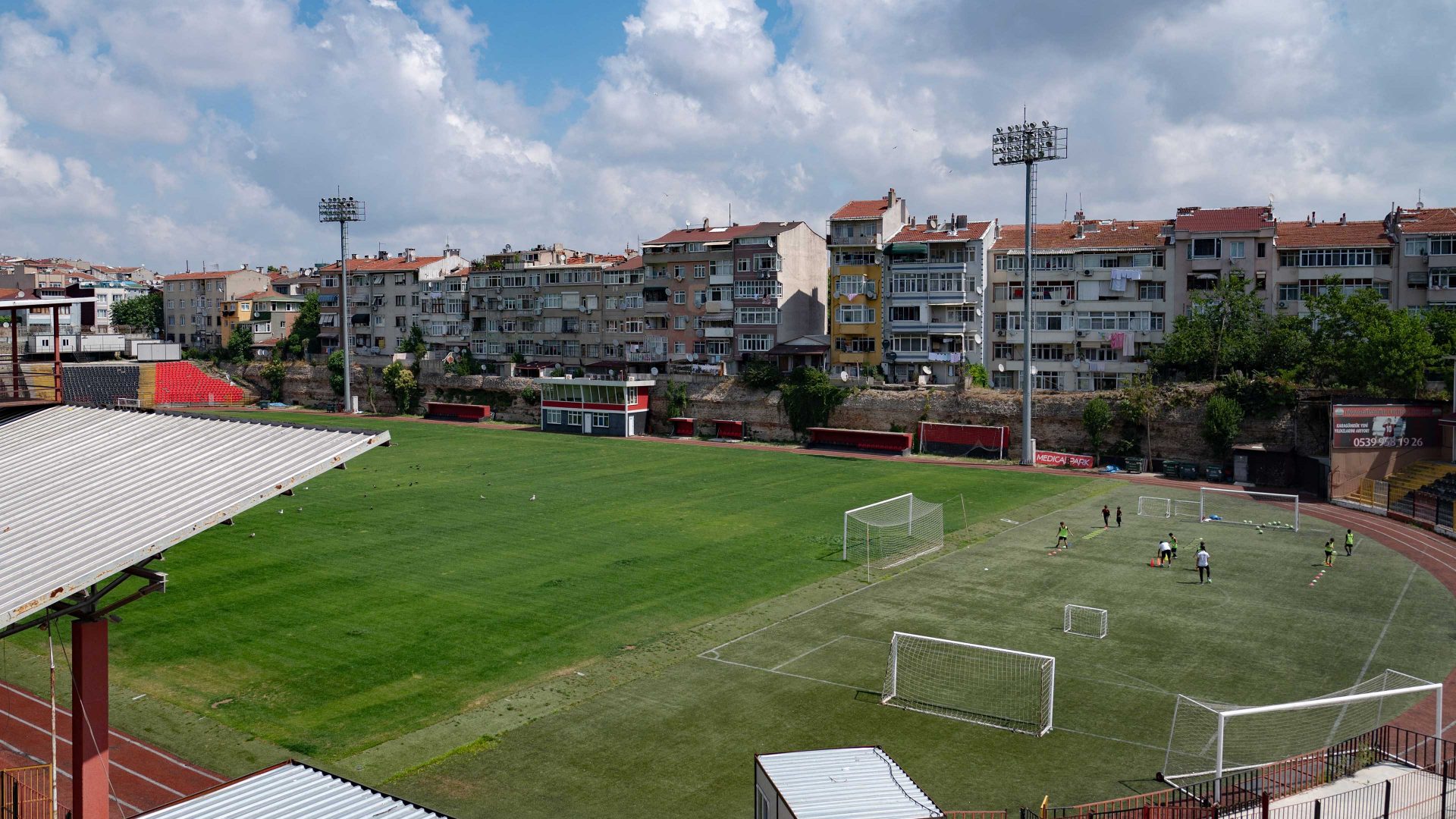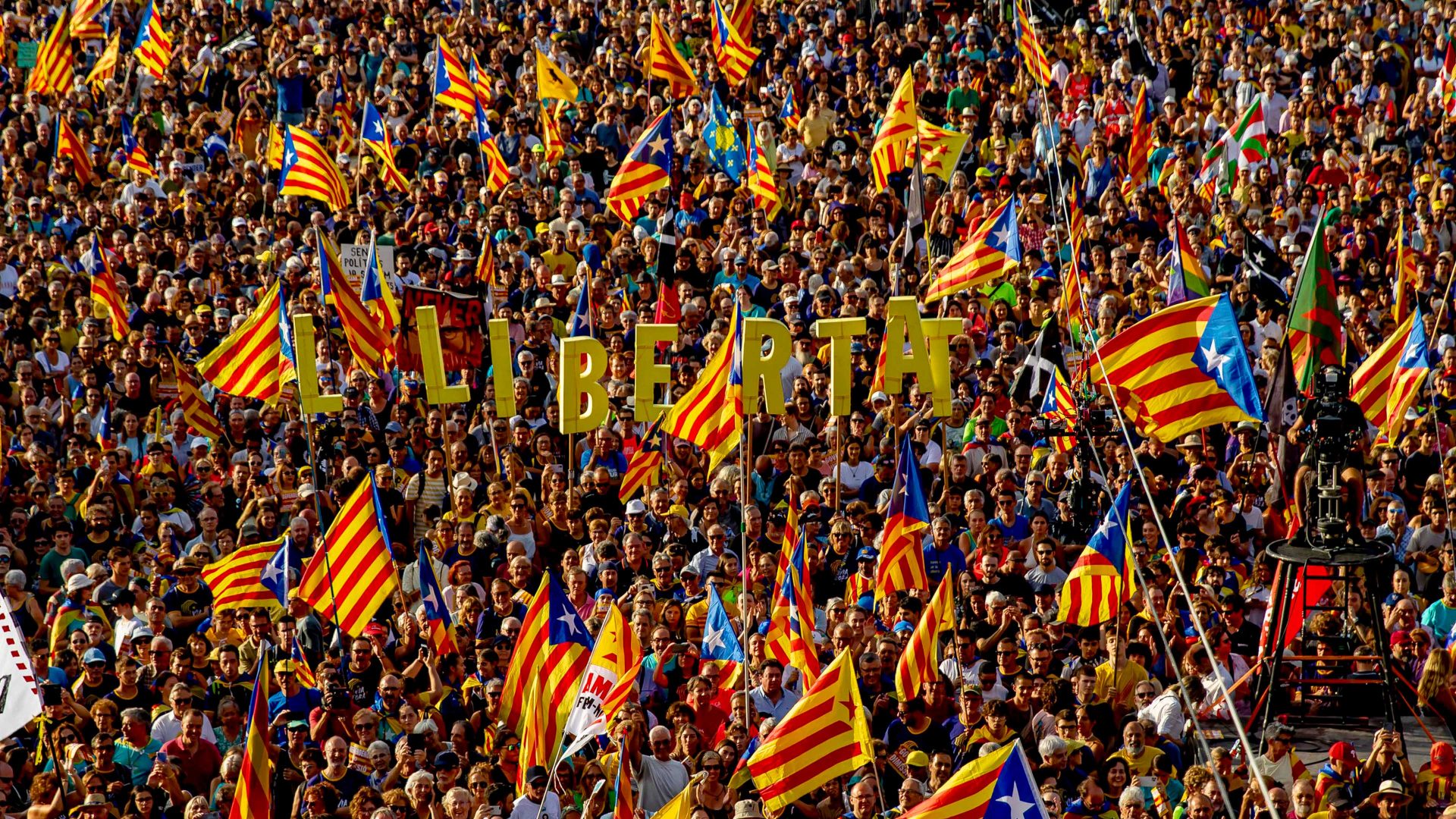I am a groundhopper, which means I like watching football in as many stadiums as possible – and the Vefa Stadyumu ground in Istanbul was always on my must-visit list. It’s within the historic city walls of former Constantinople, in the Fatih district, and it is among the oldest in Turkey.
Iconic Istanbul grounds such as the Taksim, Şeref, İnönü and the legendary Ali Sami Yen have been demolished, and I was worried that the Vefa might go the same way. So I went there recently to see a third-tier match between Arnavutköy Belediyespor and İnegölspor. Arnavutköy is an Istanbul district 30 kilometres from the stadium, while İnegölspor is from Bursa.
To reach the stadium, I took the Metrobüs and got off at Edirnekapı, which means “the Gate of Edirne” and is part of the old city walls. During the siege of Constantinople in 1453, a section of Mehmed II’s victorious army entered the city through this gate.
On my way to the stadium I passed the 16th-century Mihrimah Sultan Mosque and the 11th-century Chora Church. Five hundred metres further on is the stadium, which was established alongside the formation of the local football club, Fatih Karagümrük SK, founded in 1926. For its ground, the club decided to use a place called Çukurbostan meaning “sunken garden”, a large neglected area located in a pit. The footballers, along with local residents, cleaned up the garden, and the club was born.
But the history of the ground goes much further back. In the Byzantine era, the present-day stadium site housed the Cistern of Aetius, a massive open-air water reservoir. Constructed in the year 421 by Aetius, the mayor of Constantinople, the cistern was situated near the Theodosian Walls and when full, it held up to 300,000 cubic metres of water. During the Ottoman era, the cistern remained empty and was later repurposed as a vegetable garden, hence the çukurbostan name. The Ottomans were hesitant to use the water from the cistern, since in Islamic teachings, flowing or running water is generally considered purer and cleaner than stagnant water.
In 1942, the Karagümrük club moved out and Vefa SK came in, resulting in its current name, Vefa Stadyumu. Currently, the women’s branch of Fatih Karagümrük SK uses the stadium as its home ground. In the Turkish men’s professional leagues, only two matches were played in the stadium during the 2022-23 season.
You still buy old paper tickets to get in and the one I bought cost the equivalent of less than one pound. It felt more genuine than using a QR code.
I like to watch from behind the goal, but this meant I accidentally ended up in the away section. The İnegölspor fans who arrived all the way from Bursa were very passionate and didn’t stop cheering. The visitors scored a goal in the 20th minute, thanks to Ethem Pülgir. However, Tolga Şahin’s equaliser in the second half led to a 1-1 draw.
I couldn’t help but gaze at the ancient walls. Due to its protected status, no spectator stands can be built along the eastern side. The walls stand undisturbed and beyond that, police officers were telling people that it was forbidden to watch the match from the street without tickets. When matches were played without spectators during the pandemic, Karagümrük fans would cheer from the streets, apartment balconies, and windows.
History and football intertwine here. While it may not have the sleek appeal of modern stadiums, it has a sense of authenticity that many contemporary arenas lack. The president of Karagümrük calls Vefa Stadium the “Wembley of Turkey”.



